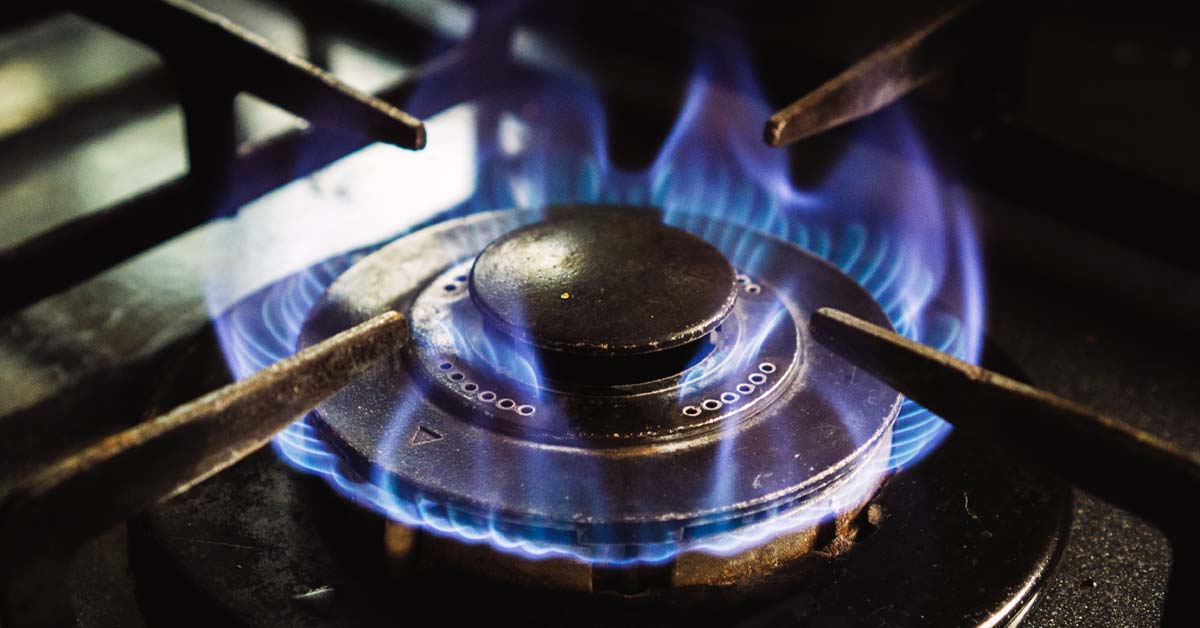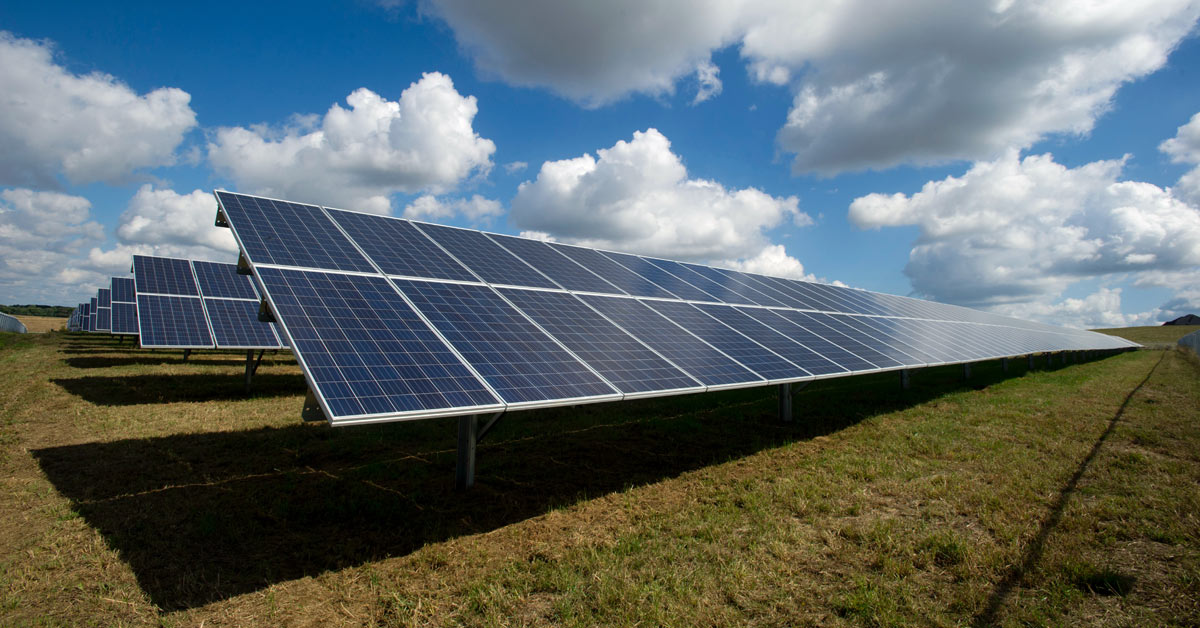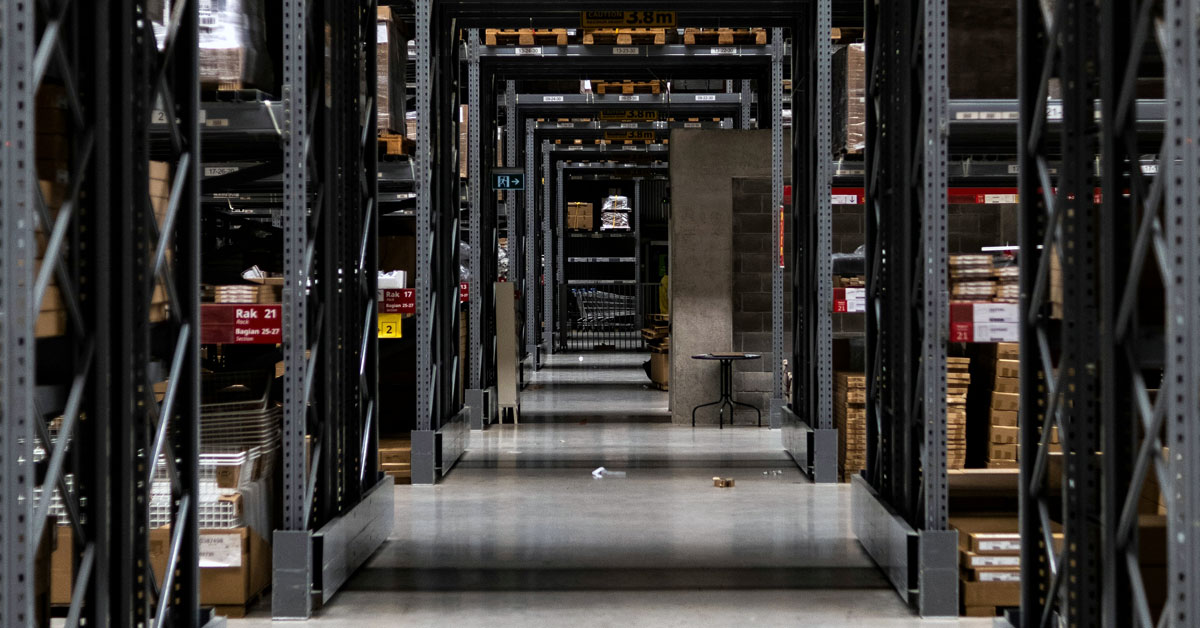Can a restaurant kitchen prioritize energy efficiency, while still providing exceptional dining experiences?
Last Updated: April 12, 2024
The kitchen, as a hub of activity and energy consumption, plays a significant role in the focus on sustainability and energy conservation endeavor. By implementing effective equipment management strategies, kitchens can optimize energy usage, minimize their environmental impact and secure cost-effective energy consumption in food preparation. In this article, we will explore a few key practices for maximizing energy efficiency in the kitchen.
Establishing an Equipment Schedule
One of the fundamental steps in energy conservation is developing a schedule for turning on and off kitchen equipment at specific times during the day. By carefully planning the operation of our equipment, we can minimize unnecessary energy consumption. Collaborate with the kitchen team, taking into consideration operational needs and identifying periods of lower demand when certain equipment can be powered down.
Efficient energy usage in a restaurant relies on a well-crafted equipment schedule. Collaborating with the kitchen team, we identify peak and lull periods throughout the day. During quiet times like mid-morning and afternoon lulls, non-essential equipment is powered down to conserve energy. This ensures that when demand peaks during breakfast and dinner rushes, all necessary equipment is fully operational. This streamlined approach minimizes unnecessary energy consumption without compromising service quality.
Setting Optimal Temperature and Power Levels
To further enhance energy efficiency, it is crucial to provide specific temperature or power settings for kitchen equipment. Each appliance has its own optimal range for efficient operation. Consult manufacturer guidelines and industry best practices to determine the most effective settings. Communicate these settings clearly to the staff and ensure they are regularly monitored and adjusted if needed.
Ovens can be calibrated to operate within the recommended temperature range for the dishes prepared, promoting consistent cooking results and energy conservation. Likewise, fryers can be set to the appropriate power level for frying various items, reducing energy consumption while maintaining food quality.
To facilitate adherence to these settings, training sessions can be conducted for kitchen staff, acquainting them with the optimal parameters for each appliance. Regular monitoring mechanisms can also be implemented to verify compliance and make adjustments as necessary to sustain efficiency.
Training and Educating the Kitchen Staff
Creating a culture of energy conservation requires active participation from the entire kitchen team. The responsibility lies not only with the management but also with the staff members. Conduct regular training sessions to raise awareness about the importance of energy conservation, the impact of equipment usage on energy consumption, and the benefits of following established guidelines. Encourage staff to adopt energy-saving habits such as turning off equipment when not in use and using equipment mindfully.
For instance, during staff training sessions, team members can be briefed on the importance of energy conservation, emphasizing how their actions can impact overall energy usage.
To make the training more engaging and relatable, practical examples can be provided. For instance, staff members can be shown how turning off equipment when not in use, such as ovens, grills, and fryers during downtimes, can lead to significant energy savings over time. Additionally, they can be educated on the benefits of using equipment efficiently, such as batch cooking to minimize idle time and reduce energy waste.
Furthermore, staff can be encouraged to adopt energy-saving habits in their daily routines, such as ensuring that refrigerator doors are closed tightly to prevent energy loss and using energy-efficient cooking methods whenever possible.
Monitoring and Evaluation
Continuous monitoring and evaluation are vital to assess the effectiveness of energy conservation efforts and equipment management practices. Implement energy monitoring systems to track consumption patterns and identify areas of improvement. Analyze data regularly and engage with the staff to gather feedback on equipment performance and energy-saving measures. Use this information to refine strategies and implement targeted solutions to further enhance energy efficiency.
For instance, a restaurant may implement manual tracking methods, such as logbooks or checklists, to record the usage patterns of kitchen appliances throughout the day. Staff members can be assigned to regularly check and document the operation status of equipment, noting any instances of unnecessary energy consumption or equipment malfunctions.
By reviewing these records regularly, the management can identify areas for improvement and implement targeted solutions to enhance energy efficiency.
Regular Maintenance and Upgrades
Proper maintenance of kitchen equipment is essential for optimal performance and energy efficiency. Develop a maintenance schedule to ensure that equipment is regularly serviced, cleaned and calibrated. Regularly inspect and repair any faulty or inefficient equipment to prevent energy waste. Additionally, consider upgrading to energy-efficient models when possible, as newer equipment often comes with advanced features designed to conserve energy.
For instance, the restaurant can establish a maintenance schedule to routinely service, clean, and calibrate kitchen appliances. This proactive approach helps prevent equipment malfunctions and energy wastage.
Regular inspections are crucial for identifying and addressing any faulty or inefficient equipment promptly. By promptly repairing or replacing such items, the restaurant minimizes energy loss and ensures optimal performance.
Financial Benefits
Energy efficiency measures in restaurant kitchens can yield significant cost savings over time. By investing in equipment upgrades, such as switching to energy-efficient appliances or retrofitting existing equipment with energy-saving features, restaurants can reduce their energy consumption and lower utility bills.
Additionally, implementing regular maintenance schedules helps prevent costly breakdowns and prolongs the lifespan of kitchen equipment, further reducing long-term operational expenses. Calculating the return on investment for these initiatives demonstrates their financial viability and underscores the importance of prioritizing energy efficiency in restaurant operations.
Environmental Impact
Energy conservation efforts in restaurant kitchens contribute to significant reductions in environmental impact. By minimizing energy consumption, restaurants reduce their carbon footprint and conserve natural resources. Quantifying the environmental benefits of energy efficiency measures, such as the reduction in greenhouse gas emissions or water usage, highlights the positive contributions of sustainable practices to environmental sustainability. By embracing energy efficiency, restaurants can play a vital role in mitigating climate change and preserving the planet for future generations.
Customer Perception
Energy efficiency practices in restaurant kitchens not only benefit the bottom line but also positively influence customer perception and loyalty. Many consumers are increasingly concerned about environmental sustainability and are drawn to businesses that demonstrate a commitment to eco-friendly practices.
Restaurants that prioritize energy efficiency can appeal to environmentally conscious customers, enhancing their brand image and fostering customer loyalty. By showcasing their efforts to reduce energy consumption and minimize environmental impact, restaurants can differentiate themselves in a competitive market and attract a growing segment of environmentally aware consumers.
Conclusion
Maximizing energy efficiency in the kitchen requires a comprehensive approach that encompasses equipment management, staff education, monitoring and regular maintenance. By establishing an equipment schedule, setting optimal temperature and power levels, training the kitchen staff, monitoring consumption and performing regular maintenance, we can significantly reduce our energy footprint. Let’s embrace these best practices to create sustainable kitchens that not only deliver outstanding culinary experiences but also contribute to a greener future.
For more information on energy management, we recommend the following resources:
_________________________________________________
TAG Catering Equipment – Efficient Kitchen Principles: https://www.tagukltd.com/blog/efficient-kitchen-principles/
Energy Saving Trust – Top five tips to save energy in the kitchen: https://energysavingtrust.org.uk/top-five-tips-save-energy-kitchen/
Zen Ecosystems – Simple Energy Management and Bonus Savings for restaurants: https://zenecosystems.com/blog/simple-energy-management-and-bonus-savings-for-restaurants/







